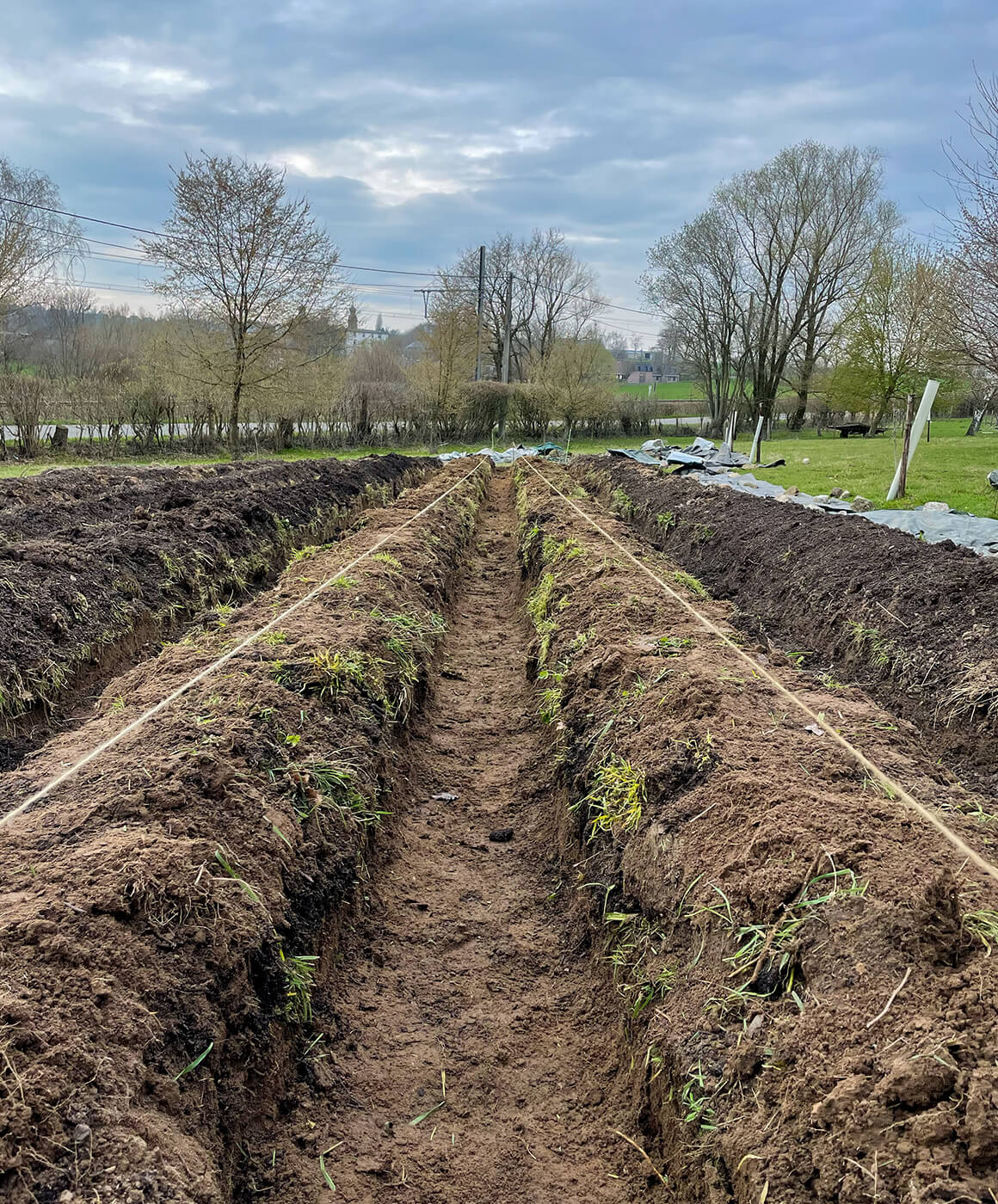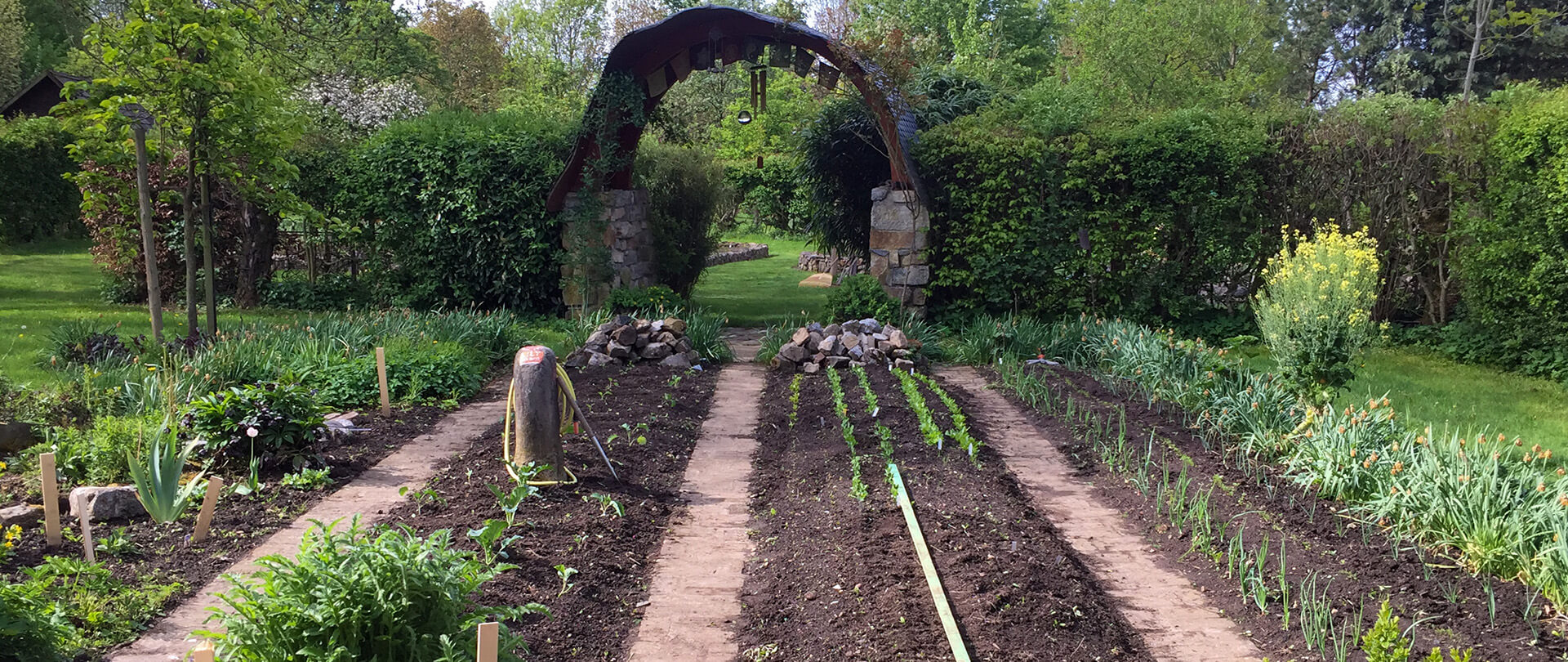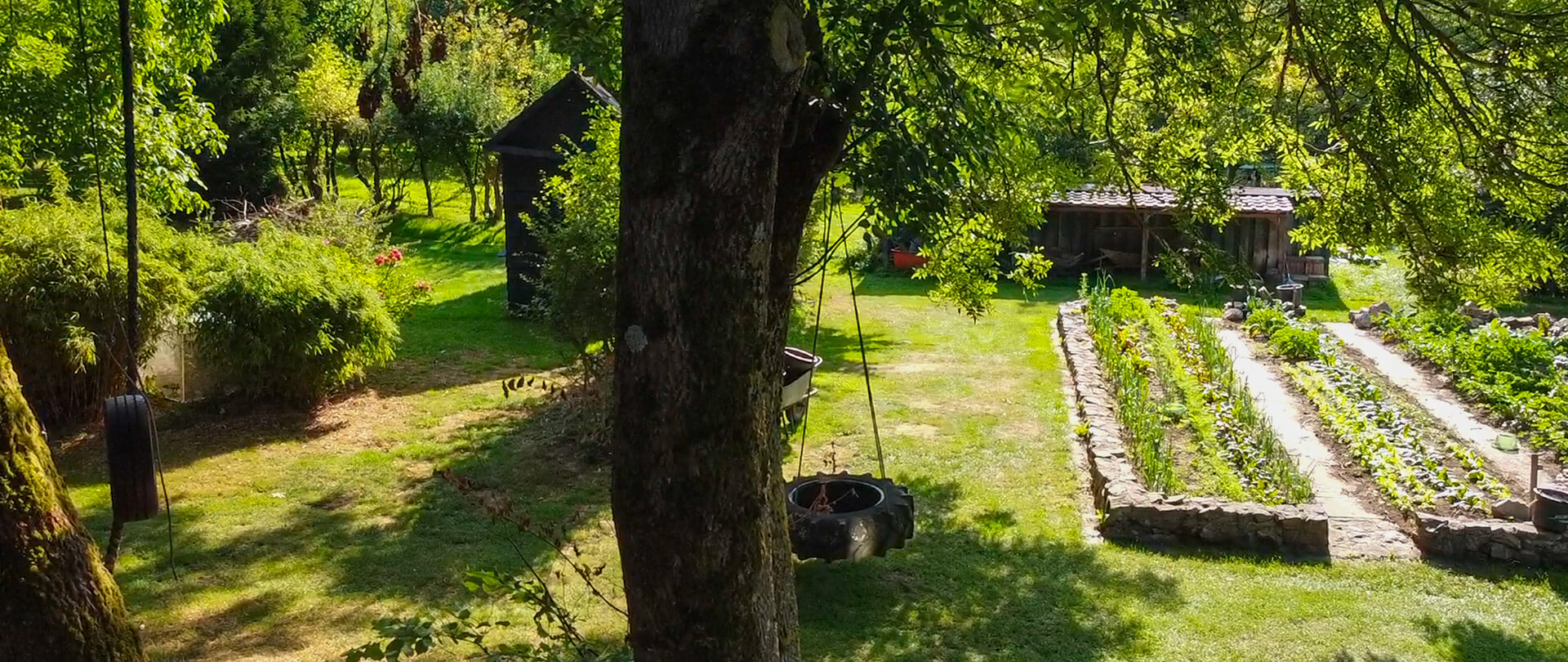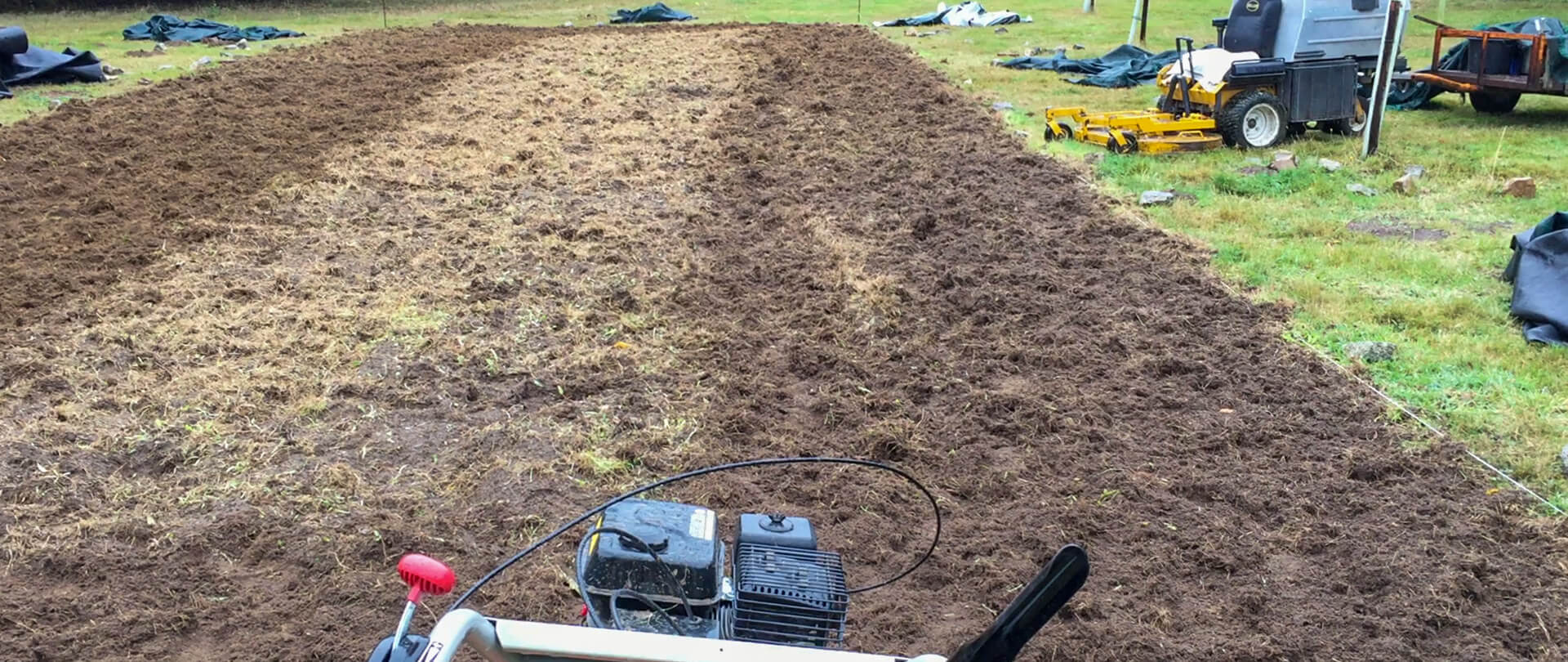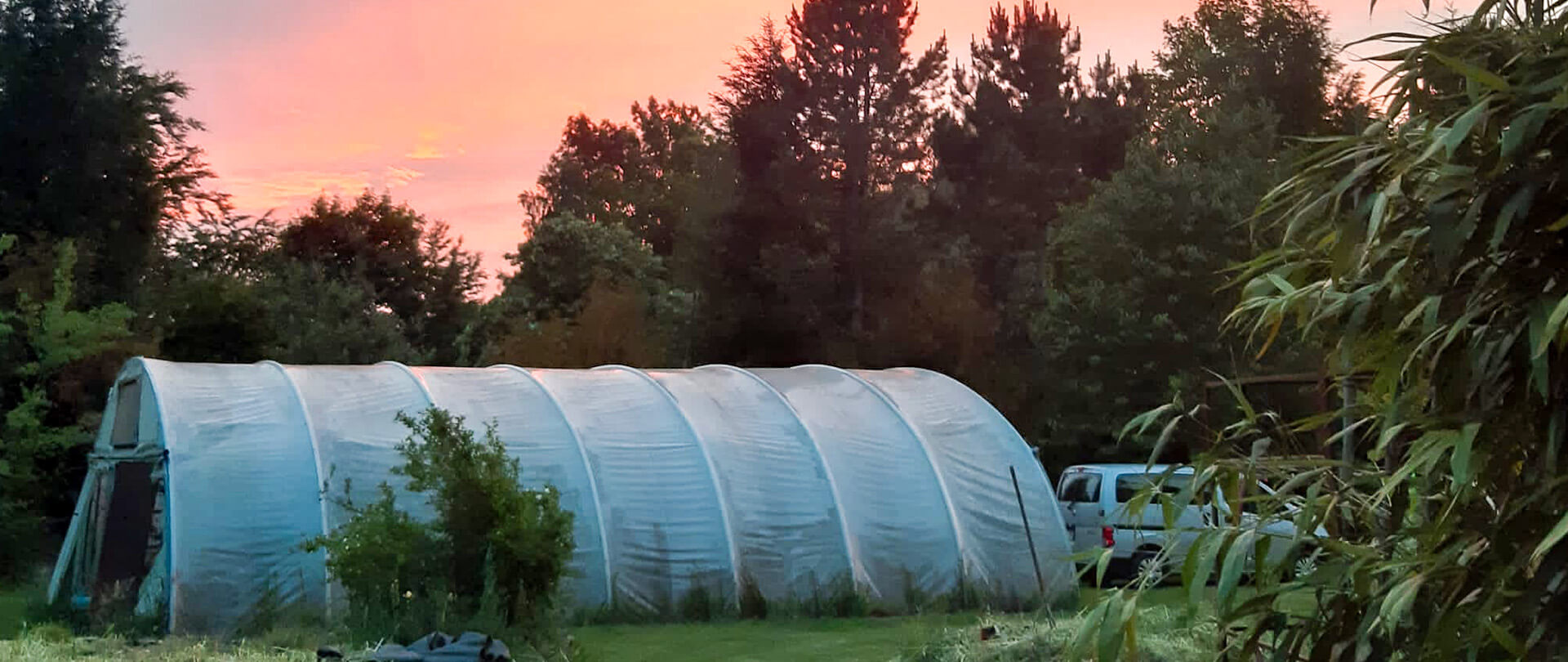Building resilience and tactics to see us through difficult times ahead is exactly the purpose of regenerative agriculture. recognised by the World Economic Forum
- Regenerative agriculture is the way forward to decarbonise the food system and make farming resilient to climate shocks.
- It won’t happen unless we succeed in making it commercially attractive for the farmers.
- Farmers must be prioritized as key players in our fight against climate change.
Regenerative farming on 40% of the world’s cropland would save around 600 million tons of emissions. This is around 2% of the total, equivalent to the footprint of Germany.
But in order to limit climate change to 1.5 degrees, it must be scaled faster, and move from covering around 15 % of global cropland today to 40 % by 2030.
- Climate. It helps mitigate emissions such as through carbon sequestration and improved crop resilience for climate shocks.
- Soil Health. It improves soil fertility through increased biomass production, thereby preventing soil degradation.
- Resource use efficiency. Higher nutrient use efficiency (NUE) increases crop yield and optimizes land use efficiency, while improved water use efficiency reduces the stress on freshwater reserves.
- Biodiversity. More diverse rotation and reduced pesticide usage supports biodiversity on farms while, in some cases, higher crop yields mean more natural habitats can be protected rather than cleared for agriculture.
- Prosperity. Regenerative agriculture improves long-term farmer livelihood through reduced costs, improved crop yield and crop quality, and greater resilience to market volatility and extreme climate events. It also opens new green revenue streams for farmers, such as rewarding them for carbon capture and storage in the soil.
Today’s industrial agriculture system extracts from the land without replenishing, exploits people, animals, and natural resources, and is a major contributor to climate change. Rooted in Indigenous wisdom, regenerative farming is an alternative decision-making framework that offers a set of principles and practices to grow food in harmony with nature and heal the land from degradation. The regenerative principles include farming and ranching with an understanding of the land’s natural resource availability, building and prioritizing soil health, reducing and eventually eliminating the use of harmful chemicals, integrating animals onto agricultural land, and nurturing strong relationships with communities.
For a definition of regenerative agriculture we invite you to look at the literature available online, especially through the likes of Rodale Institute, Ridgedale Farm, Neversink Farm and Terra in Luxemburg, as a few examples. However, borrowing from Bob Rodale, as a small synopsis, here are some of the tenets of the Regenerative Farming Movement.
Bob penned the 7 principles of regenerative as he saw them, outlined below.
Seven Tendencies Toward Regeneration
1. Pluralism
- increase in diversity of plant species
- Increase in diversity of business, people, and culture
- Increase in diversity of personal experiences, capacities, opportunities and openness to new experiences
2. Protection
- More surface cover of plants, ending erosion and increasing beneficial microbial populations near the surface
- More resistance to economic and cultural fluctuations because of quantity and variety of businesses and people, which increases overall employment and community stability
- Improvement of personal hardiness and an ability to withstand crisis, accompanied by a boost in the body’s immune system
3. Purity
- Without chemical fertilizer and pesticide use, a greater mass of plants and other life exists in the soil.
- Without pollution of the environment, more people can exist in better health.
- By ending detrimental habits such as smoking or thinking negatively, the potential for growth, happiness, and success increases.
4. Permanence
- More perennials and other plants with vigorous root systems begin to grow.
- As businesses and individuals become successful and stable, they can contribute more to the community.
- New, more positive, personal spiritual behaviors take root and provide a deeper meaning to life.
5. Peace
- Past patterns of weed and pest interference with growing systems are disrupted
- Former patterns of violence and crime are reduced, improving overall security and well-being.
- Negative emotions such as anger, fear, and hate lessen in intensity and are replaced by tolerance, compassion, and understanding.
6. Potential
- Nutrients tend to either move upward in the soil profile or to accumulate near the surface, thereby becoming more available for use by plants.
- “Trickle up” economics – more resources and money accumulate and are more available to more people
- The positive qualities and resources in yourself and your environment become easier to access and effect more people around you.
7. Progress
- Overall soil structure improves, increasing water retention capacity
- Overall community life improves, increasing the health and wealth of its inhabitants
- Capacity for well-being and enjoyment increases

